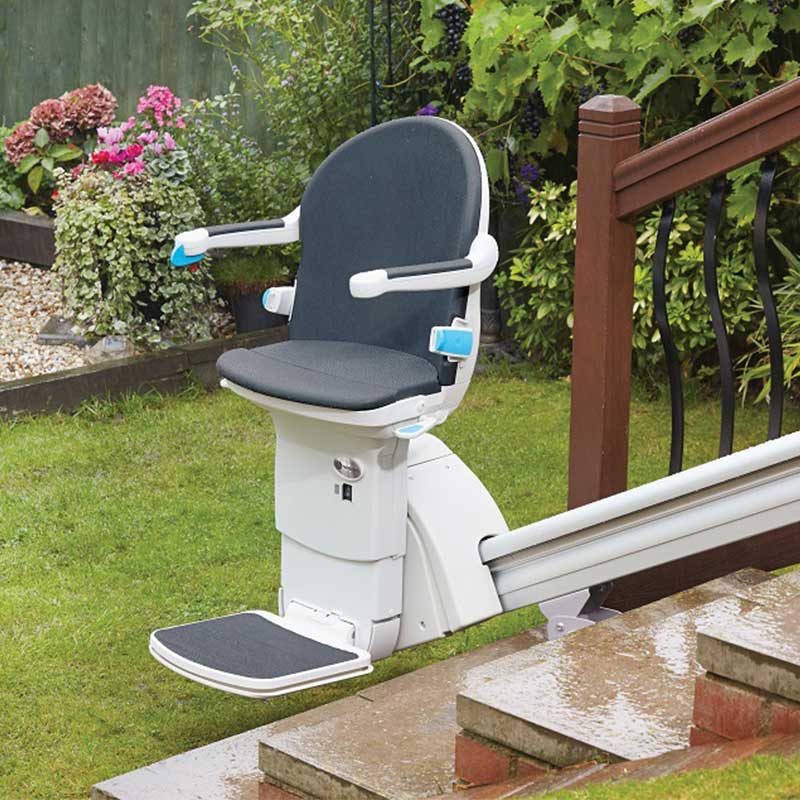When it comes to stairlift weight restrictions, there are a number of factors to consider. Given the fact that the system utilizes rollers and guide rails, it is inevitable that there will be weight limitations. The excessive weight would lead to safety issues including the crumpling of the guide rails, rollers, and seats. There is also the issue of maintenance. If incorrect weights are used on the system, there is a greater risk that the system will break down frequently.
In this write-up, we are going to explain to you about stairlift weight restrictions and how you can ensure that you use your stairlift effectively.
Understanding Weight Restrictions
Stairlifts come with a variety of weight restrictions. When the manufacturers are designing the systems, they carefully workout the load-bearing capacity of each system based on the kind of materials that they have used. For example, carriages with less than ten rollers are not able to bear as much weight as those with 11 and above. In most cases, the manufacturer will indicate the exact amount of weight that each system can safely bear. On average they range between 250 pounds and 350 pounds.
In many cases, manufacturers are able to create customized systems that can bear significantly more weight than these standard weights. It is important to remember that these weights refer to the total weight on the carriage and not just of the passenger. This means that any heavy luggage that the passenger bears add to the total weight of the system.
Implications
As noted earlier, the weight-bearing capacity of the stairlift affects the performance of the system. But weight alone is not the only factor in play here. How the system is installed and by whom matters as well. Incorrect installation may further reduce the capability of the system to bear weight, including the recommended load-bearing weight. This is because components such as guide rails also play a part in this process. What this means is that you must get professional help from experienced stairlift experts.
How It Is Used
When installing a stairlift for your home, the considerations that you will make are very different from those that you will make when installing for a public space. With a home-based stairlift, you have a better idea of the weight that the stairlift is likely to bear because it is used by a few individuals. When installing such a system for a home, hospital, or church, there is no way to tell who the users will be. With this in mind, it makes a lot more sense to lean on heavier load-bearing capacities. This is because the system would rather run under capacity than overcapacity. The former offers less risk of breakdowns and safety problems. Of course, regular maintenance of the system also means that any problems are caught and fixed early.




